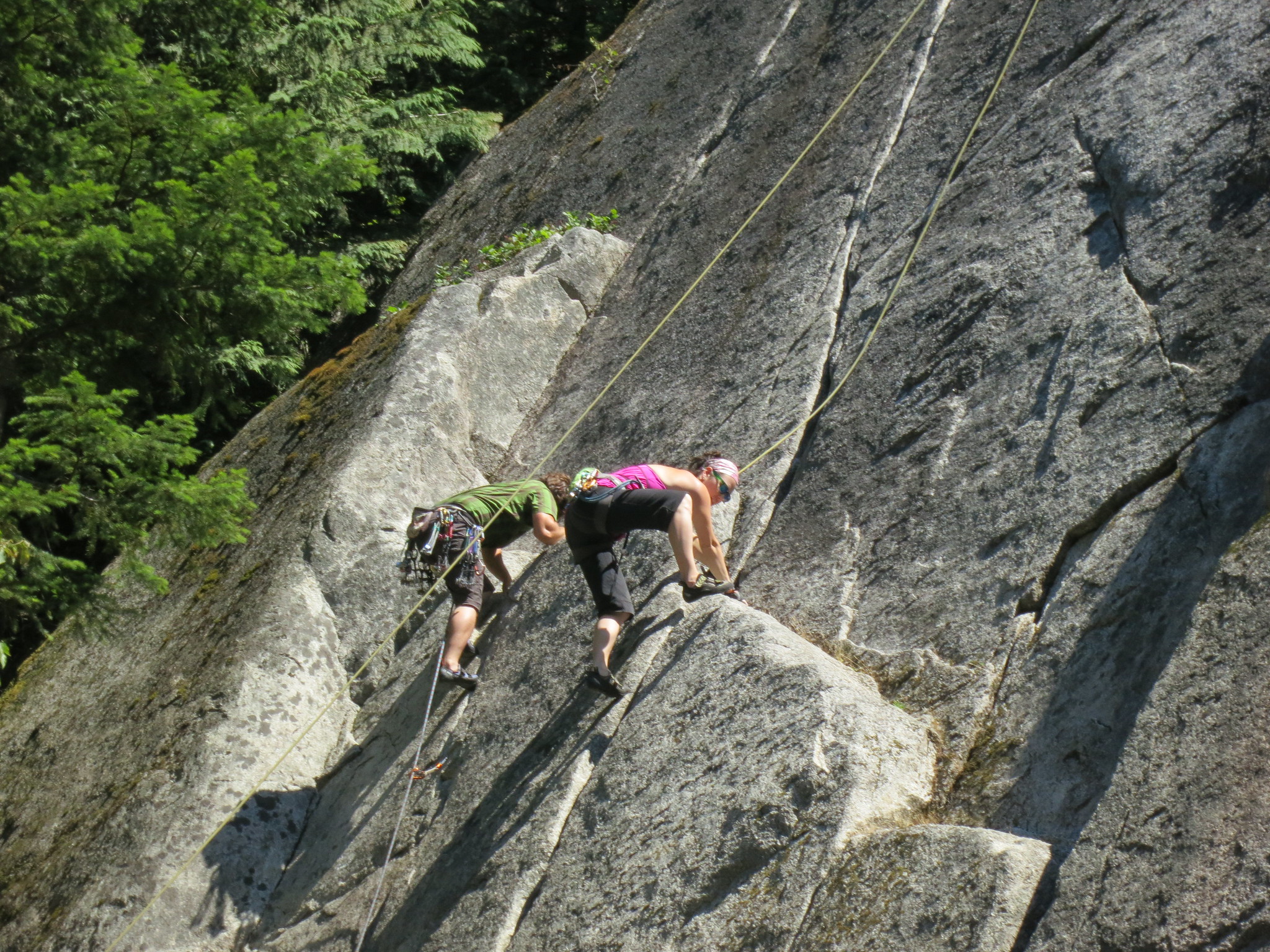Chapter 5. Recreation
5.1 Overview
In this chapter, we discuss the concept of recreation in tourism and hospitality. Recreation can be defined as the pursuit of leisure activities during one’s spare time (Tribe, 2011) and can include vastly different activities such as golfing, sport fishing, and rock climbing. Defining recreation as it pertains to tourism, however, is more challenging.

Let’s start by exploring some recreation-based terms that are common in the tourism industry. Outdoor recreation can be defined as “outdoor activities that take place in a natural setting, as opposed to a highly cultivated or managed landscape such as a playing field or golf course” (Tourism BC, 2013, p. 47). This term is typically applied to outdoor activities that individuals engage in and that are located close to their community. When these activities are further away, and people must travel some distance to participate in them, they are often described as adventure tourism.
According to the United Nations World Tourism Organization (UNWTO), adventure tourism is “a trip that includes at least two of the following three elements: physical activity, natural environment, and cultural immersion” (UNWTO, 2014, p.12). Examples of adventure tourism in BC include river rafting, helicopter skiing, and rock climbing.
Take a Closer Look: Adventure Travel Trade Association
The Adventure Travel Trade Association (ATTA) actively engages in research about the Adventure Tourism industry. More information and industry reports can be found at the Adventure Travel Trade Association website.
Adventure tourism can be “soft” or “hard.” Differentiating between the two is somewhat subjective, but is loosely based on the level of experience required, the level of fitness required, and the degree to which the participant is exposed to risk (UNWTO, 2014). Examples of soft adventure include wildlife viewing or moderate hiking, whereas river rafting or outdoor rock climbing would usually be considered hard adventure.
Another term that is used, one that overlaps with the definitions of outdoor recreation and adventure tourism, is nature-based tourism, which refers to “those tourism experiences that are directly or indirectly dependent on the natural environment” (Tourism BC, 2005b, p.6). This term is often used to describe activities that are closely connected to nature, such as whale watching, birding, or self-propelled travel such as hiking and kayaking. Nature-based tourism can be either hard or soft adventure tourism.
As you can see, there are challenges in classifying recreation in tourism. For instance, if people kayak near their home or community, it may be considered outdoor recreation. If they travel afar for that same activity, it likely is designated as adventure tourism. If the kayaking is done in protected, mild conditions, it would be considered soft adventure, but if done in a challenging and risky river descent, it may be classified as hard adventure. Generally, the further away from established infrastructure and medical assistance, the harder the adventure activity.
Of course, each of the above scenarios of kayaking could be considered nature-based tourism if it is strongly linked to the natural environment. Ultimately, categorization is based on a combination of several factors, including manner of engagement in the activity (risk exposure, experience requirement, group or solo activity), the distance travelled to access the activity, and the type of environment (proximity to nature, level of challenge involved) that that the activity occurs in.
A 2013 adventure tourism market study discovered that people who travel for adventure experiences tend to be well-educated, with 48% holding a four-year degree or higher credential. They value natural beauty and rank this as the highest factor when choosing a destination, and the most cited reasons for their travel are relaxation “relaxation, exploring new places, time with family, and learning about different cultures” (UNWTO, 2014, p.15).
Globally, it is estimated that the continents of Europe, North America, and South America account for 69% of adventure tourism, or US$263 billion in adventure travel spending. Adventure tourists tend to be seen as high-value visitors, with as much of 70% of their expenditures remaining in the communities visited (UNWTO, 2014).
The size, extent, and economic contribution of recreation, outdoor recreation, and adventure tourism in British Columbia is also substantial. The rest of this chapter explores the sector in the province in more detail.
Activities undertaken for leisure and enjoyment.
Recreational activities occurring outside; generally in undeveloped area.
Outdoor activities with an element of risk, usually somewhat physically challenging and undertaken in natural, undeveloped areas.
Tourism activities where the motivator is immersion in the natural environment; the focus is often on wildlife and wilderness area.

